- No products in the cart.
Avamys nasal spray 27.5mkg / dose vials 120doz
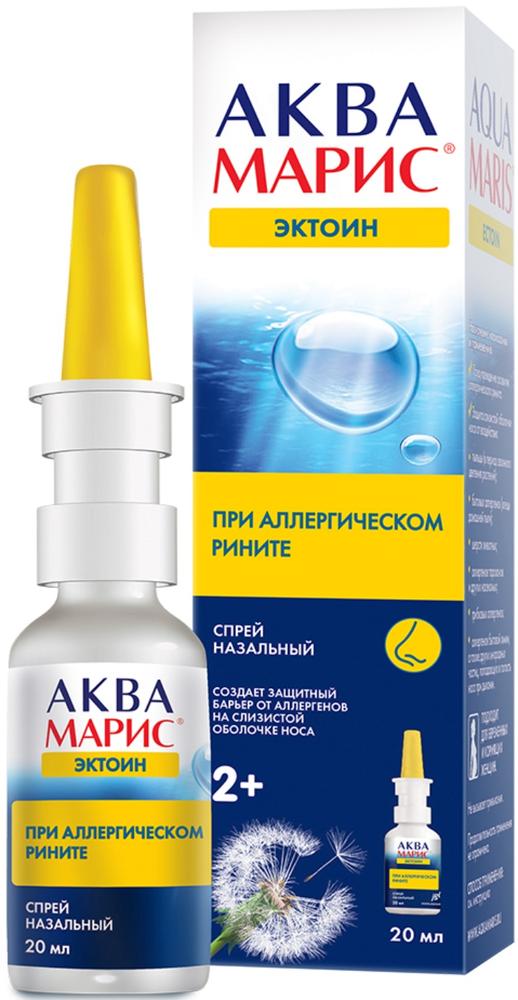
Aqua Maris ectoine nasal spray for the prevention and treatment of allergic rhinitis 20ml
$10.19

Suprastin tab 25mg 20 pc
$2.72
$15.21
Avamys nasal spray 27.5mkg / dose vials 120doz
Description
Composition
Active substance:
1 dose comprising: fluticasone furoate (micronized) 27.5 mg / dose ;.
Excipients:
Dextrose, dispersible cellulose (11% carmellose sodium), polysorbate 80, benzalkonium chloride solution 50%, disodium edetate, purified water.
Description:
Predominantly off-white plastic case with a blue cap and the pressure valve with a limiter. In case placed dark glass vial with a metering atomizing device filled with a homogeneous white suspension.
Product form:
Nasal spray metered 27.5 ug / dose.
30, 60 or 120 doses of dark glass vial equipped with a dosing (50 .mu.l) atomizing device. 1 bottle into the outer plastic case with an indicator window, the pressure valve and the cap with the stopper of the elastomer. 1 bottle in case the instruction for medical use in a cardboard box.
Contraindications
Hypersensitivity to fluticasone furoate or any other components of the preparation.
Carefully.
In patients with severely impaired hepatic function The pharmacokinetics of fluticasone furoate may vary.
Dosage
27.5 mg / dose
Indications
Symptomatic treatment of seasonal and perennial allergic rhinitis in adults and children older than 2 years.
Interaction with other drugs
Fluticasone furoate is rapidly metabolized in the liver by the cytochrome P450 isoenzyme system ZA4. The study drug interaction fluticasone furoate and CYP3A4 inhibitor ketoconazole was observed more cases determination fluticasone furoate above threshold concentrations in the plasma ketoconazole group (6 of 20 patients) compared to placebo (1 of 20 patients). This slight increase does not result in a statistically significant difference in the content of cortisol in plasma for 24 hours between the two groups.
Based on theoretical data no assumptions about any drug interactions fluticasone furoate applied intranasally, and other drugs which are metabolized by the cytochrome P450 system. Thus, clinical investigations to study the interaction of fluticasone furoate and other drugs have not been conducted.
Based on the data obtained in a study with another medicament comprising a glucocorticosteroid, which is also metabolized by CYP3A4 isozymes of cytochrome not recommended coadministration with ritonavir due to the potential risk of increased systemic exposure fluticasone furoate.
Based on the data collected for other glucocorticoids that are metabolized in cytochrome CYP3A4, combined use with ritonavir are not recommended due to the possible risk of increased systemic exposure fluticasone furoate.
Overdose
Symptoms.
The bioavailability study drug dose applied intranasally with 24 times higher than the recommended doses for adults for more than 3 days, the undesirable systemic reactions were observed.
Treatment.
It is unlikely that acute overdose require other treatment besides medical supervision.
pharmachologic effect
Pharmacological group:
Glucocorticosteroids for local use.
Pharmacological properties:
Fluticasone furoate – synthetic triftorirovanny glucocorticosteroid with a high affinity to the glucocorticosteroid receptor, has a pronounced anti-inflammatory action.
Pharmacokinetics:
Suction.
Fluticasone furoate is not completely absorbed, subjected to primary metabolism in the liver, resulting in negligible systemic exposure. Intranasal administration at a dose of 110 micrograms once per day normally does not lead to the determination of measurable plasma concentrations (
Distribution.
Fluticasone furoate binds to plasma proteins by more than 99%. Upon reaching equilibrium concentration distribution volume fluticasone furoate is on average 608 liters.
Metabolism.
Fluticasone furoate is rapidly cleared from the systemic circulation (the total plasma clearance of 58.7 l), mainly by hepatic metabolism to form an inactive metabolite 17p-carboxy (GW694301X) involving enzyme CYP3A4 cytochrome P450. The main metabolic pathway – hydrolysis of S-ftormetilkabrotioatnoy group to form a 17P-karboksikislogo metabolite.
The in vivo studies have shown that the splitting of fluticasone furoate to fluticasone occurs.
Withdrawal.
Excretion fluticasone furoate and its metabolites after oral administration and intravenous administration is carried out mainly through the intestine, reflecting their excretion in bile. About 1% and 2% of the kidneys when administered orally and intravenously, respectively.
Special patient groups.
Elderly patients.
Pharmacokinetic data are presented only for a small number of elderly patients (n = 23/872; 2.6%). There is no evidence that the concentration of fluticasone furoate, quantifiable, in elderly patients is higher than in younger patients.
Children.
Fluticasone furoate is typically not detected in concentrations quantifiable (
Patients with impaired renal function.
Fluticasone furoate was not detected in the urine of healthy subjects with intranasal administration. Less than 1% of the metabolites derived through the kidneys, thus, disturbances of kidney function can theoretically not affect the pharmacokinetics of fluticasone furoate.
Patients with impaired liver function.
Investigation of patients with moderate hepatic impairment, treated with 400 micrograms of fluticasone furoate single inhalation, showed an increase of maximum concentration (Cmax 42%) and increase in the area under the curve “concentration-time” in comparison with healthy volunteers. Based on the results of the study, on average, the expected effect of fluticasone furoate in a dose of 110 micrograms per intranasal application in this group of patients will not cause suppression of cortisol. Consequently, moderate dysfunction of the liver will probably not result in a clinically significant effect in the appointment of the standard dose for adults.
Other pharmacokinetic parameters.
The concentration of fluticasone furoate is not usually defined (
Pregnancy and breast-feeding
Data on the use of fluticasone furoate in pregnant and lactating women is not enough. Fluticasone furoate may be used in pregnant women only if the expected benefit to the mother outweighs the potential risk to the fetus.
Lactation.
The excretion of fluticasone furoate to women’s breast milk has not been studied. Fluticasone furoate may be used in lactating women only if the expected benefit to the mother outweighs the potential risk to the child.
Conditions of supply of pharmacies
On prescription.
side effects
Adverse events reported below are listed according to the anatomical and physiological classification and frequency of occurrence. Incidence is defined as follows: very often (> 1/10), often (> 1/100 and
special instructions
Fluticasone furoate is subjected to primary metabolism in the liver by isoenzyme cytochrome CYP3A4. Thus, fluticasone furoate pharmacokinetics in patients with severe impairment of liver function can be changed.
Effects on ability to drive a car or other mechanisms.
Based on the pharmacological properties of fluticasone furoate and other local glucocorticosteroid effect on the ability to drive a car or other mechanisms are envisaged.
Storage conditions
At a temperature of not higher than 30 ° C.
Keep out of the reach of children. Do not freeze.
Dosing and Administration
Intranasally.
In order to achieve maximum therapeutic effect it must adhere to the regular dosage schedule. The onset of action can be observed within 8 hours after the first administration. To achieve maximum effect may require several days. The absence of an immediate effect should be carefully explained to the patient.
For the symptomatic treatment of seasonal and perennial allergic rhinitis:
Adults and adolescents (aged 12 years and older).
The recommended initial dose – 2 sputtering (27.5 mg fluticasone furoate in single spraying) one in each nostril once daily (110 ug per day). Upon reaching adequate control of symptoms dose reduction to 1 spray in each nostril once a day 1 (55 micrograms per day) may bgg effective maintenance treatment.
Children aged 2 to 11 years.
The recommended initial dose – 1 spray (27.5 mg fluticasone furoate in single spraying) one in each nostril once a day (55 ug per day).
In the absence of the desired effect at a dose of 1 spray in each nostril once a day one may increase the dose to 2 sprays into each nostril once a day 1 (110 ug per day). Upon reaching adequate control of symptoms it is recommended to reduce the dose to 1 spray in each nostril once a day 1 (55 ug per day).
Children under the age of 2 years.
Insufficient data to recommend the use of fluticasone furoate intranasally as a treatment of seasonal and perennial allergic rhinitis in children aged under 2 years.
Elderly patients.
correction dose is not required.
Patients with impaired renal function.
correction dose is not required.
Patients with impaired liver function.
Dose adjustment in patients with mild to moderate hepatic impairment is not required. No data are available for patients with severe hepatic impairment.
Information
Appearance may differ from that depicted in the picture. There are contraindications. You need to read the manual or consult with a specialist
Additional information
| Weight | 0.100 kg |
|---|---|
| Manufacturer | GlaxoSmithKline Trading |

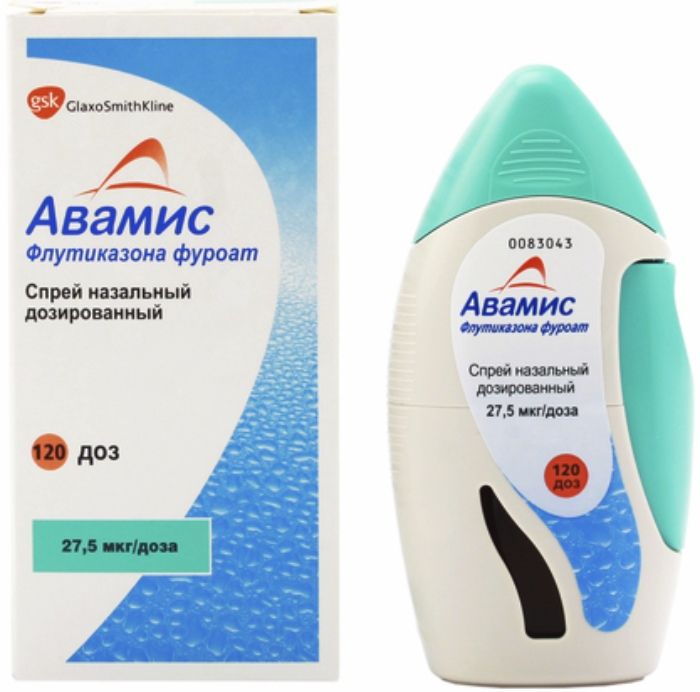
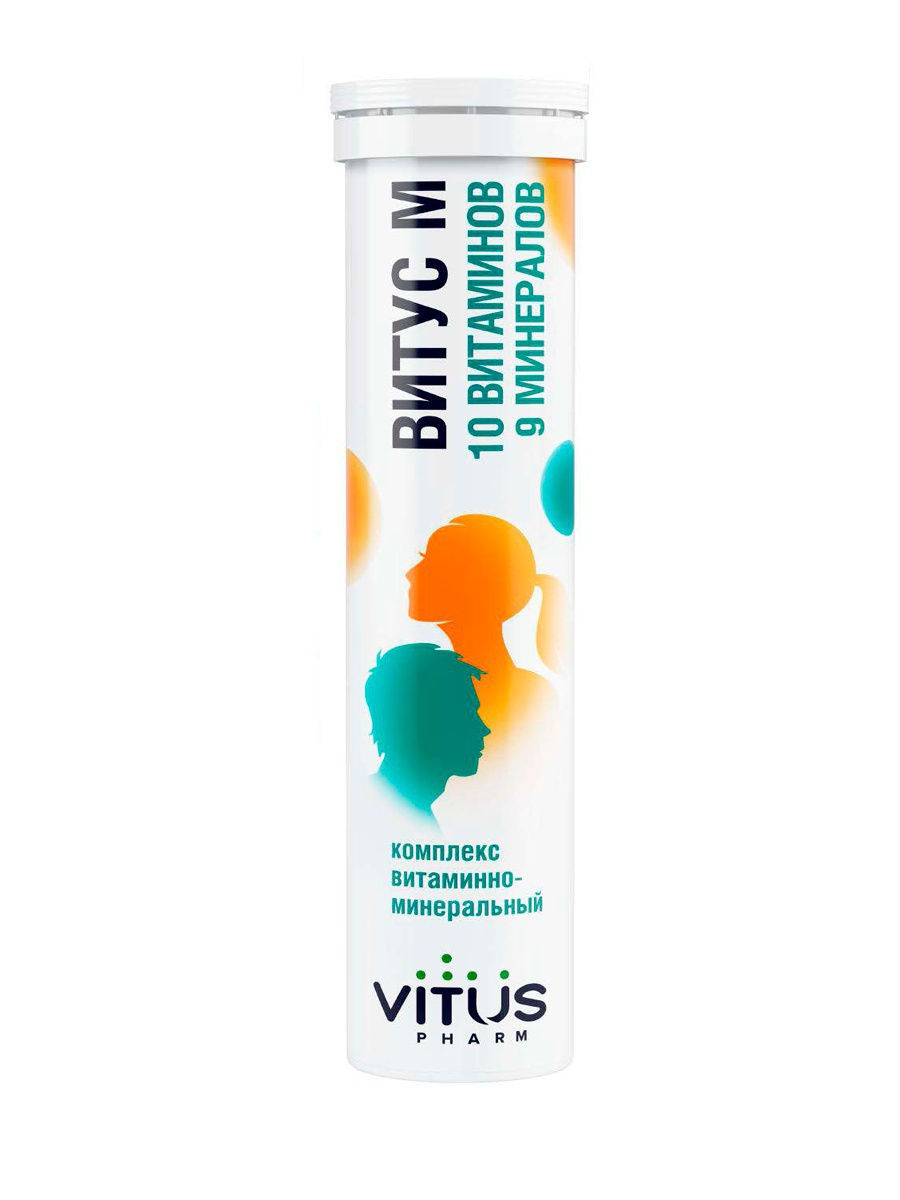
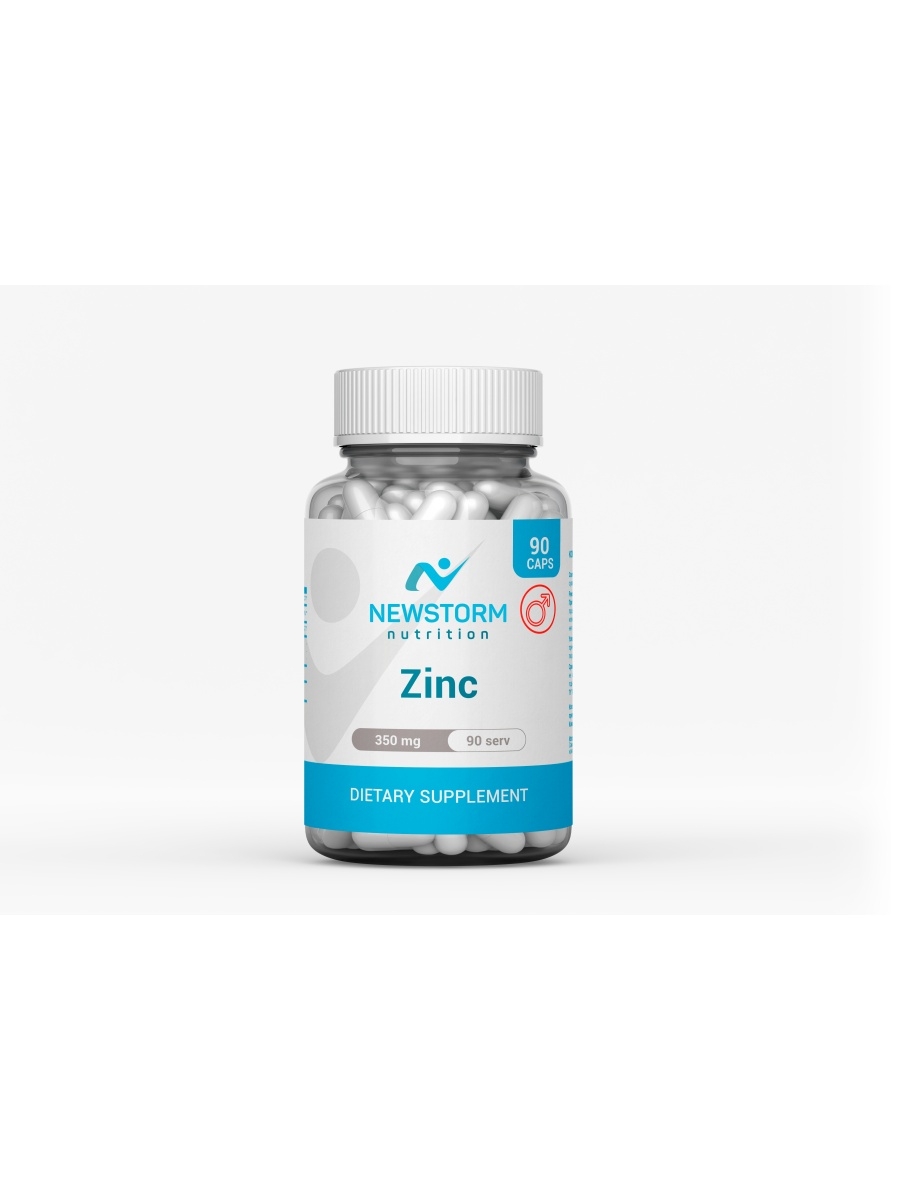
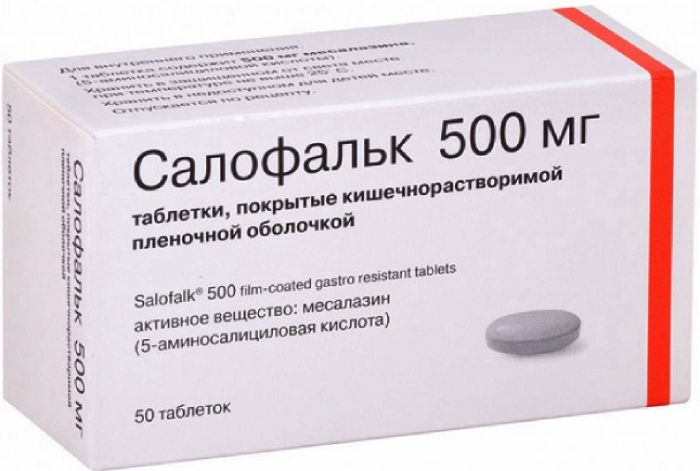
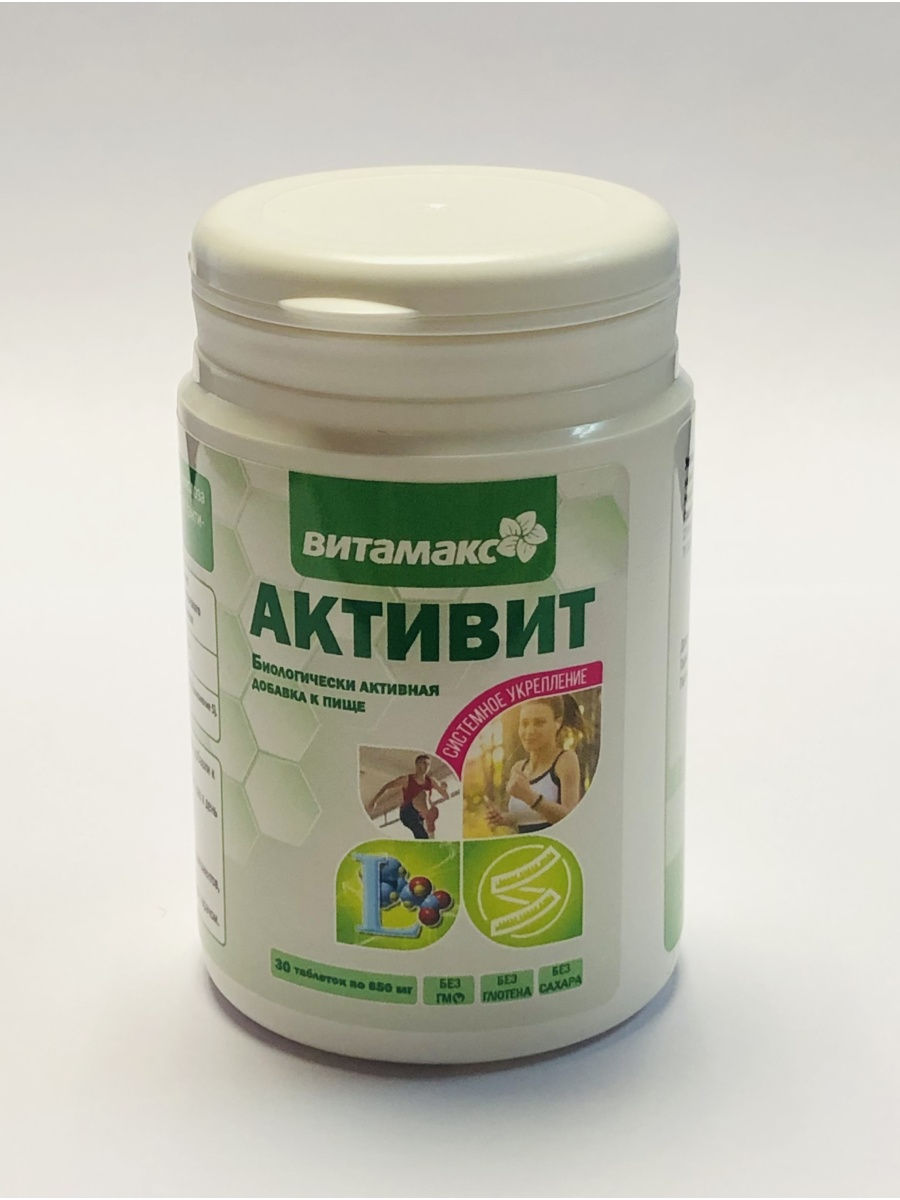
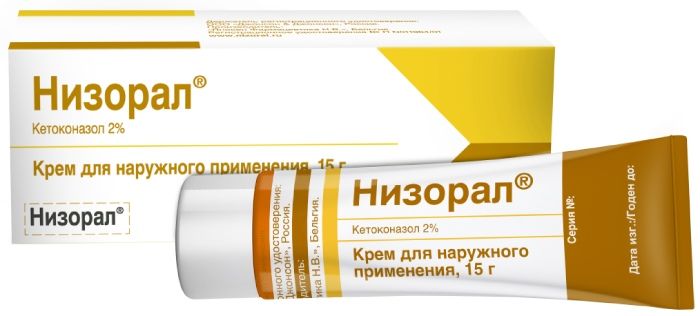
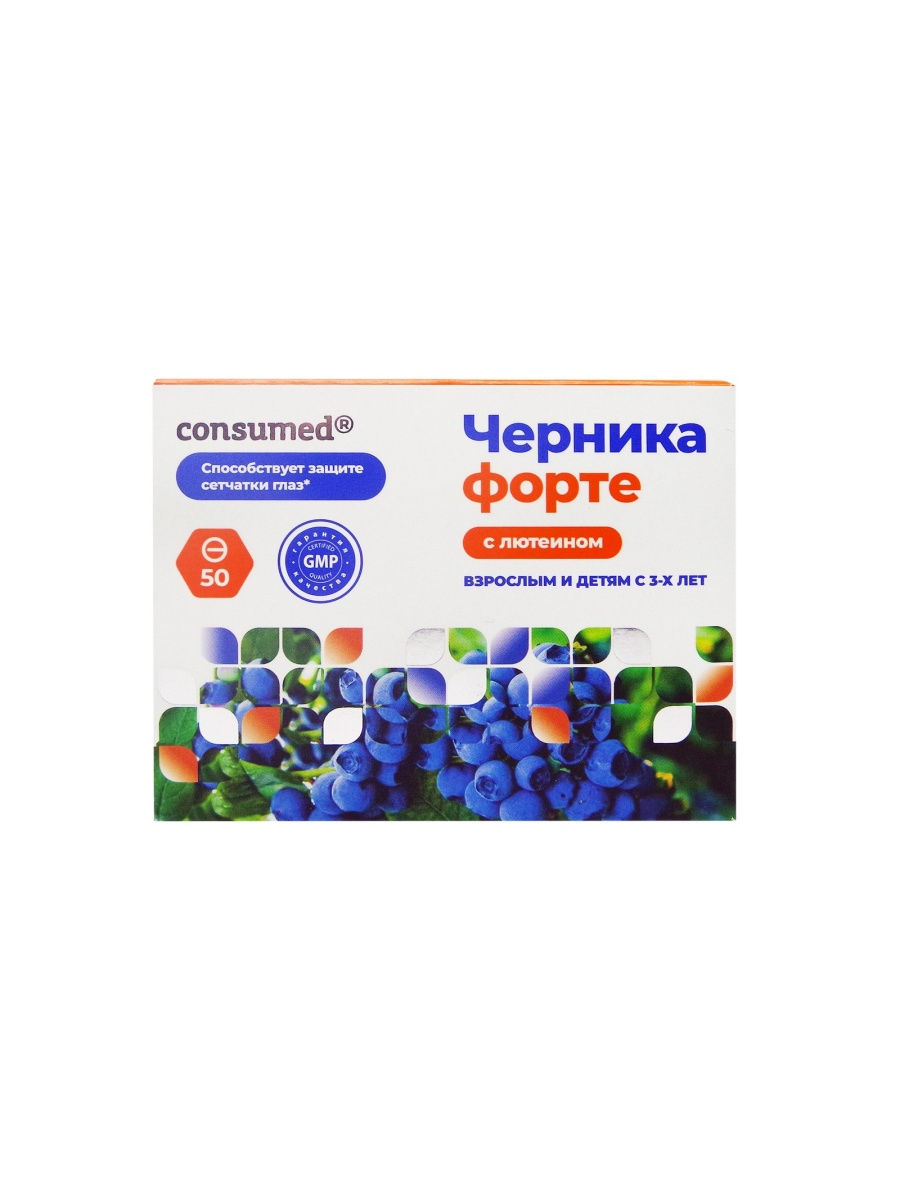




There are no reviews yet.